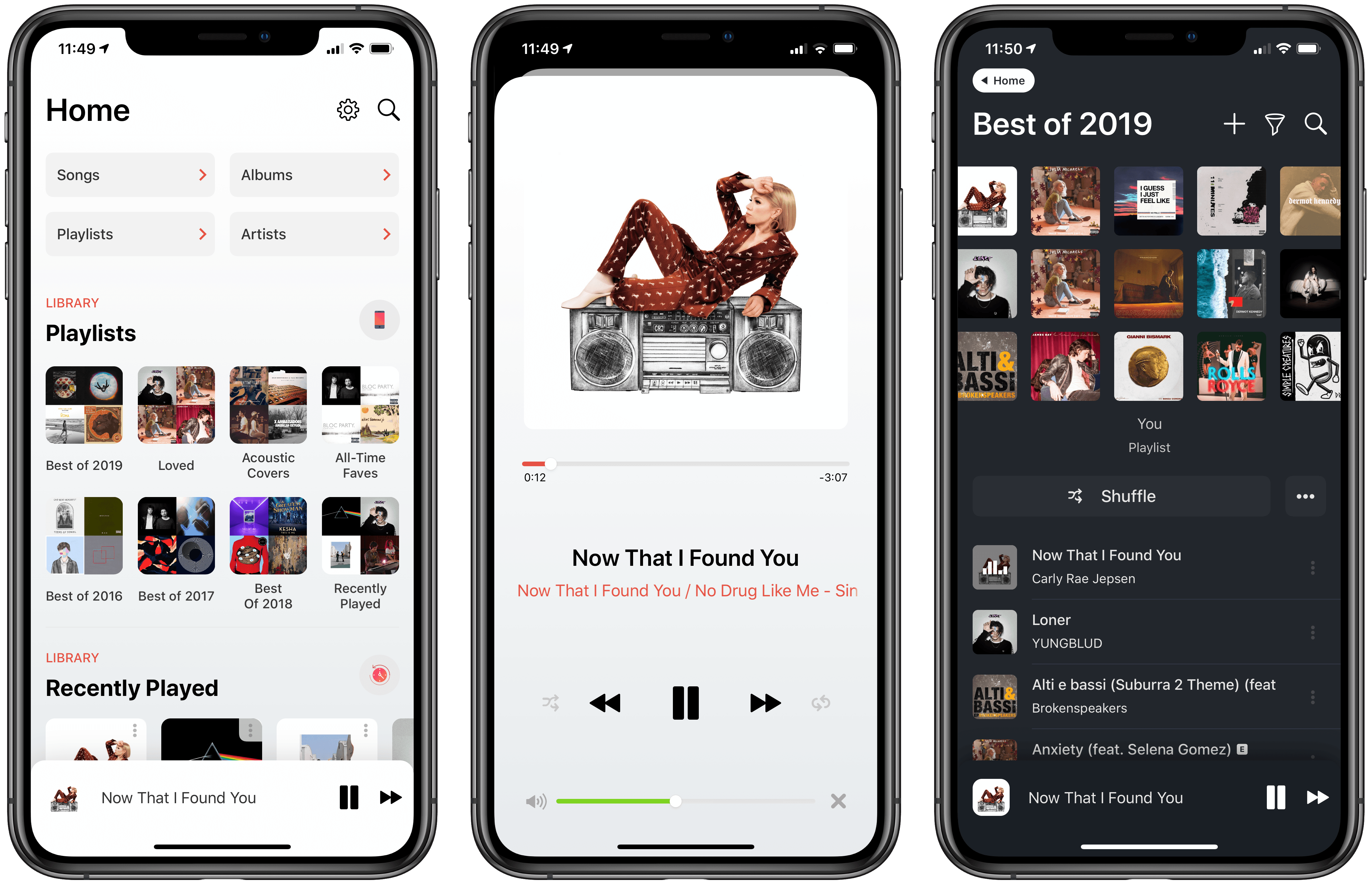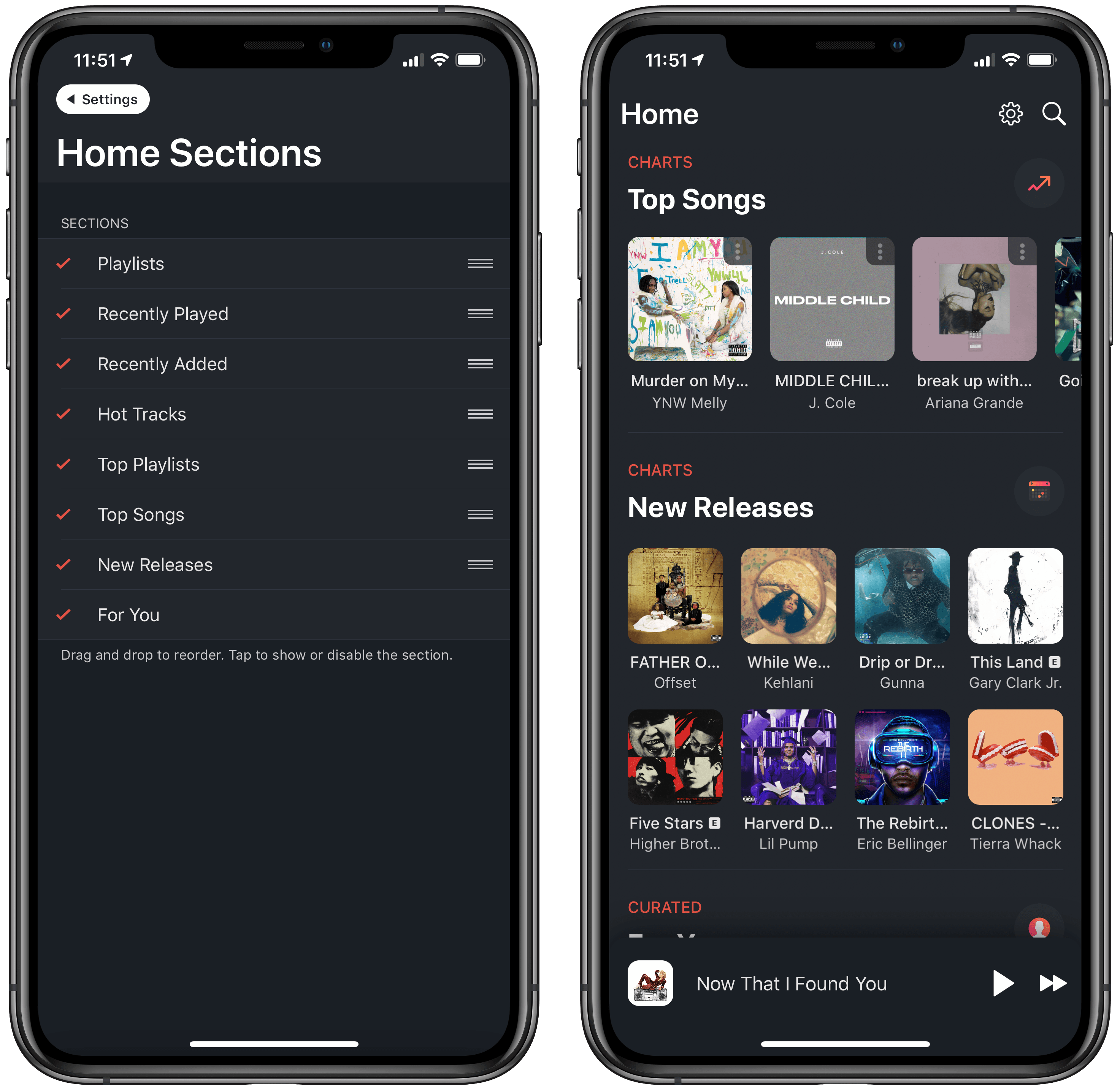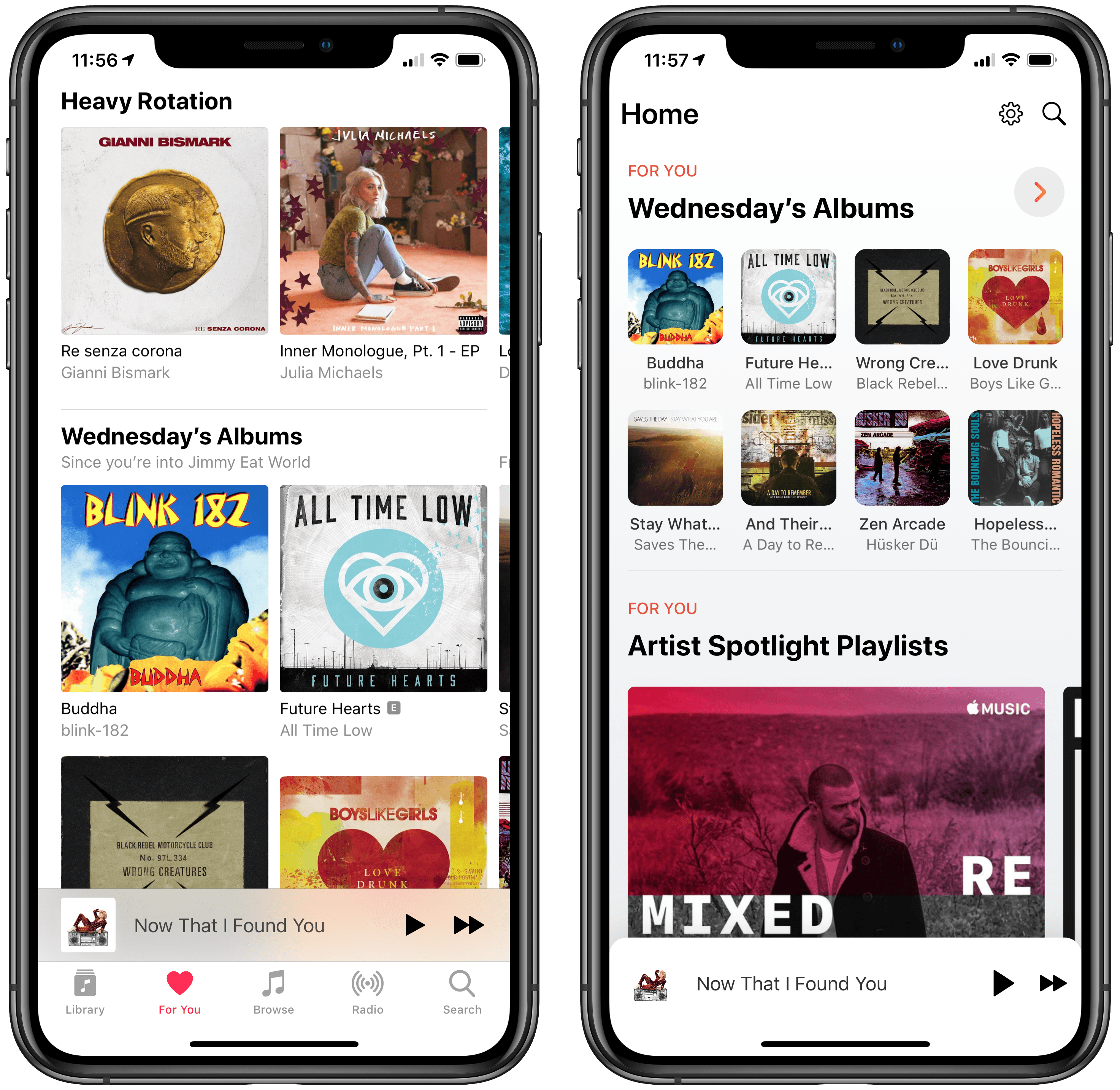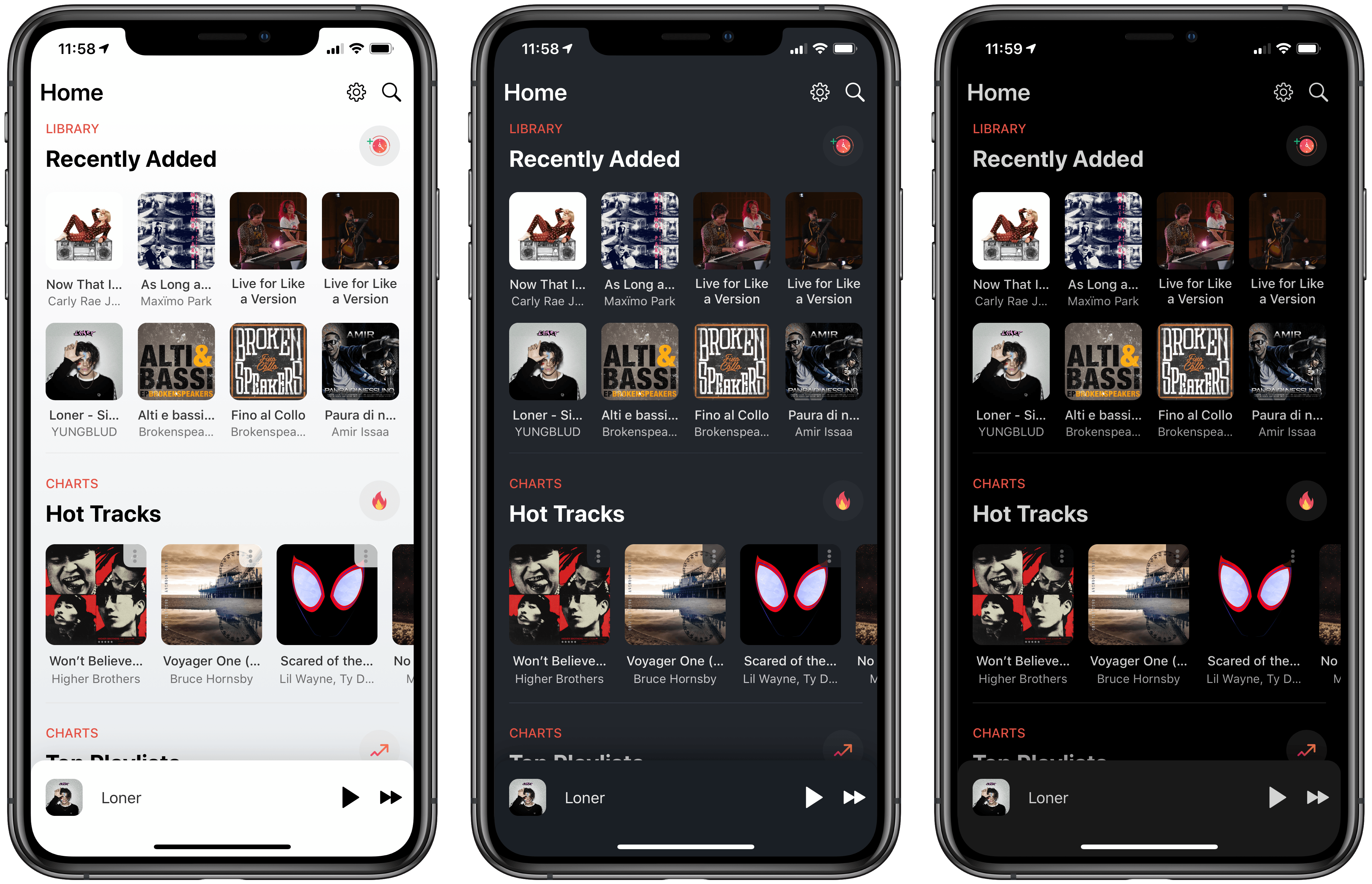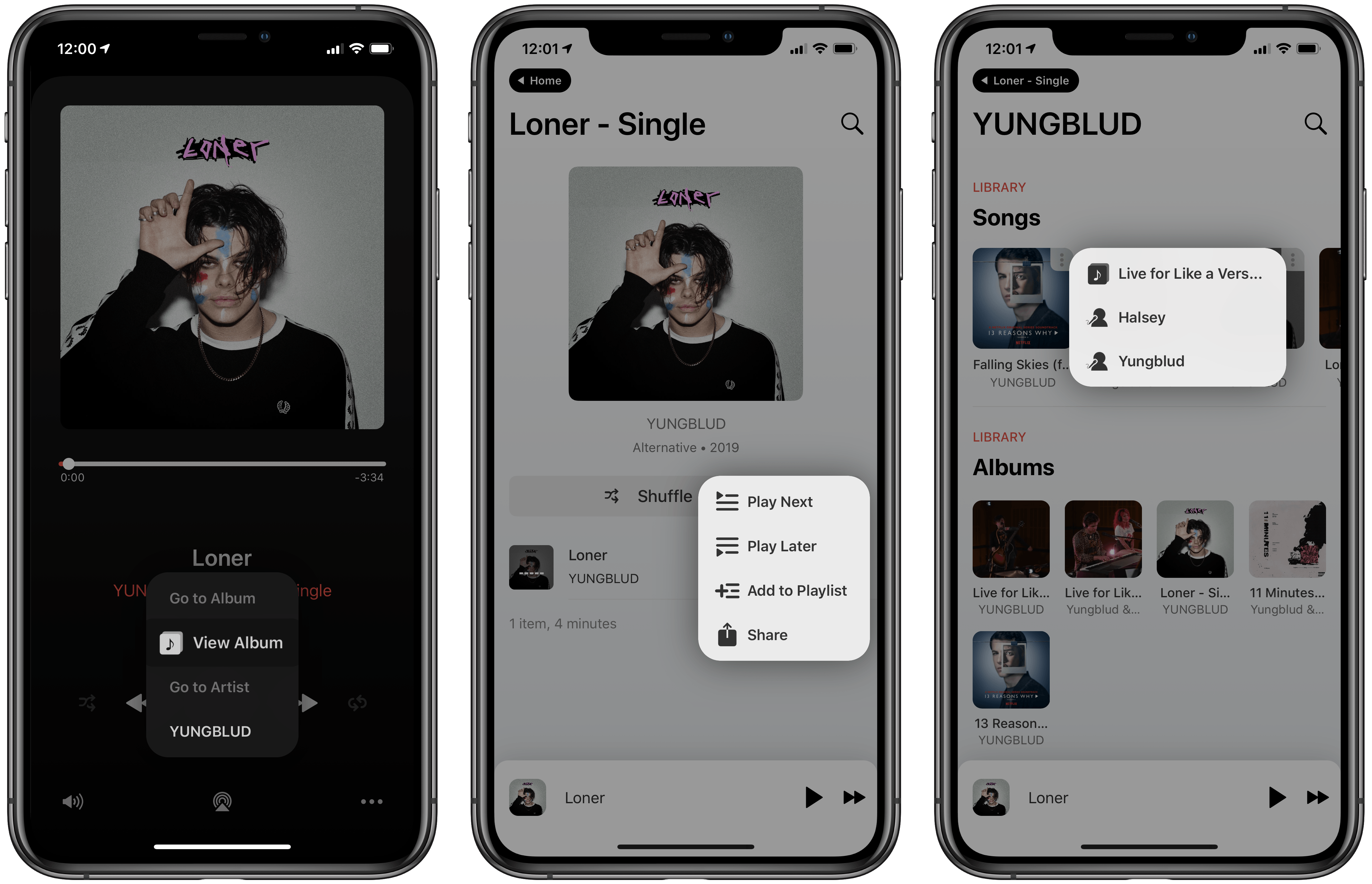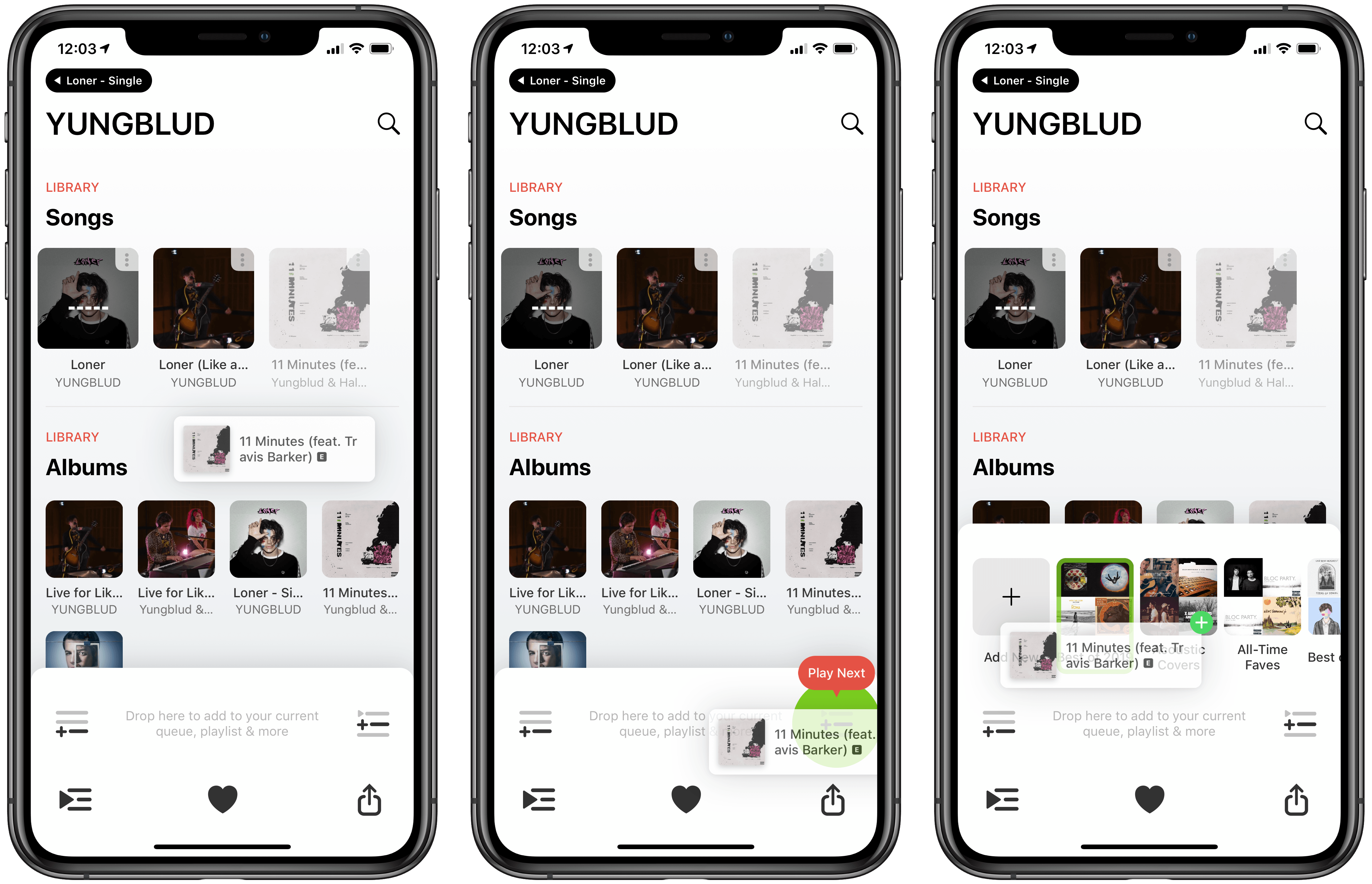Soor, a third-party client for Apple Music created by indie developer Tanmay Sonawane, is based upon a fascinating premise: unlike other standalone music players for iPhone, Soor works with Apple’s native MusicKit API, enabling direct integration with Apple Music; unlike Apple’s Music app though, Soor prioritizes one-handed gestures, user customization, and a single-page design that packs multiple sections into one view. In theory, Soor should be the optimal blend of two different worlds – a third-party music player with its own aesthetic and stylistic choices combined with Apple Music data and the service’s vast streaming catalog. In practice, while Soor has some solid ideas I’d like to see in Apple Music too, and despite its intriguing visual design, the app doesn’t qualify as a complete replacement for the Music app on iPhone.
Two years ago, Apple introduced MusicKit, a developer framework and set of APIs that allowed iOS developers to create apps compatible with Apple Music. From utilities such as Shazam and SongShift to standalone players and fully-featured clients, MusicKit aimed to provide the native alternative to Spotify’s web API that had been missing from the iOS music app ecosystem. As I wrote in my review of iOS 11:
MusicKit enables apps to integrate with Apple Music and get access to artists, albums, songs, playlists, and even activities and curators. The MusicKit API returns JSON results and supports discovery operations such as search, charts, and personalized recommendations. To do this, iOS 11 has a new music permission dialog with a purpose string that explains why an app wants to access your Apple Music library and account.
I expect MusicKit to spark a creative, diverse ecosystem of music utilities – from alternative clients that stream songs saved in your library (if Apple allows them on the App Store) to fitness apps with deeper Apple Music integration. It’ll be interesting to see if MusicKit becomes as popular as the Spotify API – at least on the iOS App Store.
Two years later, it’s fair to say music utilities have benefited from MusicKit’s native integration with Apple Music and the user’s local music library, but alternative clients have fared better on a platform where an Apple Music app is not available – the open web. In the past year alone, thanks to the introduction of MusicKit for the web, we’ve seen the release of several web apps that replicate the Apple Music experience in a browser – often with an attention to detail and polished design that might even pass for an official Apple product. I suppose this is a logical consequence: from a user’s perspective, it makes more sense to gain access to Apple Music on a platform that doesn’t have a dedicated, built-in Music app than to install an alternative Apple Music player on an iPhone, which already has a pre-installed, full-featured app from Apple. But if that’s the case, where does Soor fit in?
A Customizable Home Screen
The main selling point of Soor is its single-page design with sections that can be customized and rearranged by the user. Soor doesn’t have a tab bar, which means that from a single home screen you’ll have access to:
- Your playlists
- Recently played
- Recently added
- Apple Music’s hot tracks
- Top playlists
- New releases
- Top songs
- Apple Music’s For You section
With the exception of For You (more on this below), all these sections can be turned off in the app’s settings and rearranged so that, for instance, your playlists and recently played albums are at the top of the screen, with Apple Music sections following down in the middle. Soor’s key proposition is this drastic departure from the organization of the Music app: rather than splitting the Library and For You into two separate tabs, Soor lets you mix and match both types of content in the same screen, enabling you to choose the order they’re displayed for faster access.
In the several weeks I’ve spent testing Soor on my iPhone, this has turned out to be my favorite aspect of the app. In an old issue of our MacStories Weekly newsletter (#154), Ryan argued in favor of a customizable For You page in the Music app, noting how Apple should consider letting users personalize the order of blocks displayed in what is, for many, the default view of Apple Music. Soor delivers on that idea with the ability to decide which sections you want to see and where they should be placed. In everyday use, the end result is a music app that can be faster to operate than Apple Music because the playlists, albums, or songs you care about are just two taps away. Everyone’s music preferences are different; the flexible, modular approach of Soor is exactly what I’d like to see in the future of Apple Music too.
I should also note how Soor’s design fits the modern iOS ecosystem but does a better job at balancing information density than Apple’s own app. Compare Music’s presentation of the For You page and your playlists to the same screens as viewed in Soor:
Thanks to smaller thumbnails and (scrollable) grids, Soor is able to display more content on screen, thus increasing the speed and comfort of navigation between sections. By contrast, where Apple Music once felt bold and intuitive, it now appears overly sparse and limited. Again, I would love for a future version of Apple Music to let me select the density of content aggregated in the For You page, much like iOS allows me to choose its system-wide font size with a simple slider.
MusicKit and For You
In terms of actually playing music, even though Soor has its own Now Playing screen, under the hood it uses Apple Music’s audio engine and player. This means that when a song is playing in Soor, it’ll also appear as playing in the Music app because Soor is merely a different front-end interface for the same underlying service. Playing a song in Soor will be reflected in Control Center and the Apple Watch as if it were playing in Music; similarly, if you start playing something in Soor then force-quit the app, it’ll continue to play because, behind the scenes, playback is managed by the Music app.
There’s one notable omission (the first in a long list): unlike the Music app, Soor does not support AirPlay 2, so you won’t be able to stream to multiple AirPlay 2 speakers at once or control what’s playing on them on a separate channel from your iPhone’s system audio. According to Sonawane, AirPlay 2 is one of the features he’s planning for future updates to the app, but – considering the app’s price tag – it would have been nice to have it available at launch.
The inclusion of the For You section is one of the perks of MusicKit, and it helps achieve a basic degree of feature parity with the Music app. In Soor, the For You section is comprised of a series of content blocks that are always displayed at the bottom of the home screen and cannot be rearranged or split into smaller, individual chunks. These blocks are:
- Curated playlists (Favorites Mix, Chill Mix, New Music Mix)
- The day’s Playlists and Albums
- Artist spotlight playlists
- New For You
These are the same sections you’d see in the Music app, but they’re available right inside Soor – much like For You content can also be accessed from the Sonos app after you connect an Apple Music account. Notably absent, however, are the Friends Mix and Heavy Rotation playlists, which are exclusive to the Music app. I’m aware of the fact that the Friends mix/feed is not available to the MusicKit API (so there’s nothing Soor can do about it), but I have to wonder why For You can’t be freely rearranged on screen or why it can’t be narrowed down to a subset of playlists or sections.
Other Design Peculiarities
Soor has its fair share of problems, as I’ll detail in the section below, but I ought to mention its several visual treats and other design touches that are worth discussing.
In addition to a standard light theme, Soor supports a true black theme (ideal for OLED displays) and a dark mode based on dark grays and oranges; I like the latter a lot, and I hope Apple has a similar palette in mind for Apple Music in iOS 13.
While Apple’s Music app employs a mix of 3D Touch and buttons to reveal contextual menus for songs, playlists, and other items, Soor eschews 3D Touch altogether and uses a combination of popup menus and drag and drop to let users perform actions and manage their queue. Contextual menus are invoked by tapping an ellipsis button next to songs/albums or the artist name in the Now Playing screen. I like how these menus are not modal on iPhone – they don’t take over the entire screen – but instead feel like contextual menus inspired by macOS. Despite their resemblance to desktop menus, they feel native to iOS: each item in the menu has its own icon, and you can “hover” with your finger over each option to feel a subtle haptic tap and see a highlight around the selected item. As others have shown lately, I’m starting to think that desktop-like contextual menus can indeed be adapted to iOS.
Soor differs from Apple Music in how it implements queue management. Soor’s contextual menus don’t contain any buttons to “play next” or “add to queue”; instead, this is entirely done by dragging songs and placing them in a “drop zone” that features buttons to queue, add songs to playlists, like them, and share them with extensions.1
This interaction is really well done, and it’s now one of the best showcases of drag and drop for iPhone along with Castro.2 When you’re dragging a song and hover over buttons in the drop area, each glyph gets highlighted, plays a haptic tap, and displays a tooltip to indicate it’ll activate if you let go of the song. It’s even more impressive for playlist management in that if you pause with a song over the playlist button, the drop area will expand and reveal an additional tray of playlists that you can scroll while dragging to select a destination playlist.
As I mentioned above, Soor’s adoption of drag and drop is impressive, both visually and technically speaking. After a few weeks spent using the app, however, I’m not convinced it’s necessarily faster than Music’s more simplistic, but effective 3D Touch menu. I use 3D Touch a lot in Apple Music to like songs, jump to albums, or add songs to my queue. The gesture is “sloppy” in that it doesn’t require hitting a tiny button with too much precision, and I’ve grown accustomed to pressing with my thumb, selecting a menu option without lifting my finger, then letting go. In using Soor, I found myself missing Music’s 3D Touch interaction, and I felt like the app’s menus and drag and drop system were slower than Music’s press-to-open system in the end.
I’d also like to highlight Soor’s “pull to reach” functionality, a setting designed to aid one-handed operations by letting you pull down on the screen to select toolbar buttons at the top. Think of it like pull to refresh, only it has to be more “intentional” and you have to wait for a toolbar icon to be selected (it’ll be highlighted and you’ll feel a tap) before you can let go and trigger the button. In Soor, this is presented as an easier way to open settings, activate the search feature, or tweak sorting in playlists because all three of those buttons are placed toward the top of the screen and may therefore be difficult to reach.
I like the sentiment behind pull to reach, which is presented as one of the marquee features of Soor, but in my experience accidental triggers of the pull-down gesture were too frequent to justify leaving the setting enabled. Even with an option to mitigate pull to reach with a 0.5 second delay turned on, I found that I could often trigger search when I was just scrolling in the app without meaning to open search and engage pull to reach. There’s definitely something to the idea behind pull to reach, but the current implementation was too unreliable for me to leave it enabled.
Soor’s Problems and Limitations
I’m going to cut to the chase here: whether by MusicKit limitations or personal decisions of its developer, Soor is affected by a variety of other issues that prevent it from being a full Apple Music client capable of replacing the Music app.
Soor lacks key features that are part of the modern Apple Music experience. Aside from For You and top songs, most of the other views from Apple Music are missing: artist pages lack profile pictures, they don’t separate different types of music releases, nor do they show you artist bios and related artists; there are no music videos either. It’s effectively impossible to browse for new music in Soor: Apple Music has a front page that highlights interviews, new releases, and videos; you can browse by genres, check out radio stations, and see a list of noteworthy ‘coming soon’ releases on the main Browse page; all of this is absent from Soor.
It gets worse though. Soor does not support Beats 1 at all, has no built-in lyrics, does not work with AirPlay 2, and it’s hamstrung by API limitations that, for instance, prevent it from sharing playlist links, seeing what your friends have been listening to, or understanding which tracks in an unreleased album are actually available for streaming or not (if you try to play them, they won’t do anything because they’re not available yet). The developer is upfront about some of these technical limitations in a built-in FAQ section of the app, but it’s hard to tell whether all the other missing features were also due to API restrictions of if they were decisions made during development.
What’s for certain is that Soor is a $10 iPhone app (it doesn’t support the iPad in this first version) that is advertised as having “full Apple Music support” while in reality it’s a music player that integrates with Apple Music but lacks dozens of features that make up the modern Apple Music experience. It’s a subtle difference, but it’s where I draw the line in the comparison between Apple’s Music app and Soor.
Wrap-Up
All of this begs the question: why should you buy Soor?
It’s undeniable that the app has an attractive UI and is perhaps the best example of MusicKit support in a third-party Apple Music client for iOS. But I don’t think pretty design and solid API adoption are good enough reasons to recommend a $10 app to people nowadays. Instead, I think you should consider Soor if you’re the kind of Apple Music subscriber who doesn’t care for all the other features absent from the app (videos, Beats 1, browsing for new music, artist pages, etc.) and wants to get fast access to playlists in a single-page design. The ability to customize the order of sections and put playlists at the top is the feature that sets Soor apart from the Music app. If you’re the type of person who pays for Apple Music to stream songs but doesn’t care about any of the other modern Apple Music features and just wants to quickly listen to playlists on an iPhone, then I would say Soor is probably for you. Sadly, I have a feeling this is not a huge market, but I could be wrong.
In many ways, Soor reminds me of Ecoute, the music player for iOS that launched well before the days of Apple Music and streaming services. Like Ecoute, Soor brings a different design sensibility to the music player, but it can’t be considered a full replacement for the main service it integrates with due to a host of technical restrictions and opinionated choices. For this reason, Soor is ultimately stuck between its vision and the realities of Apple Music: the app lures you with the promise of a beautiful, comprehensive Apple Music listening experience, but it can’t fulfill that vision just yet. I hope that its developer will be able to iterate on this first version of the app by shipping an iPad version and supporting all the Apple Music features that can be added to the app. But if you’re a heavy Apple Music user, Soor’s approach, despite its beauty and cleverness, is too limited to replace Apple’s Music app today.
Soor is available on the App Store at $9.99.
- I continue to believe Apple should enable drag and drop system-wide on iPhone. ↩︎


